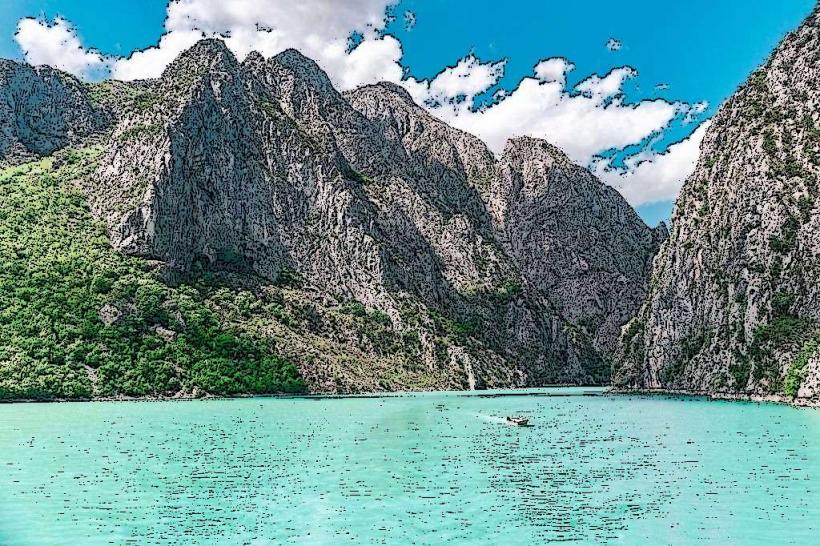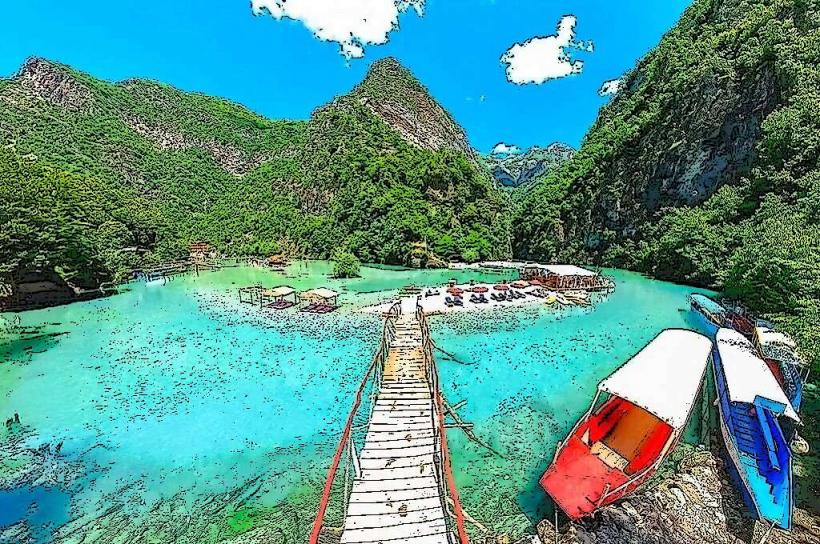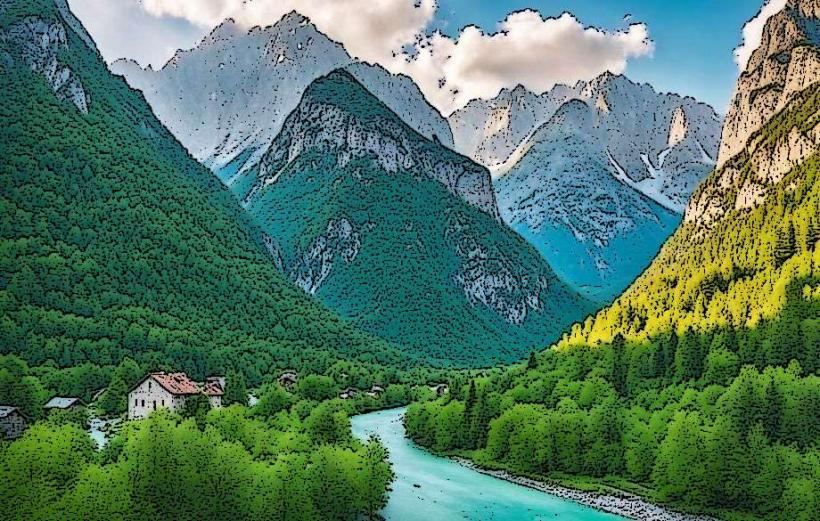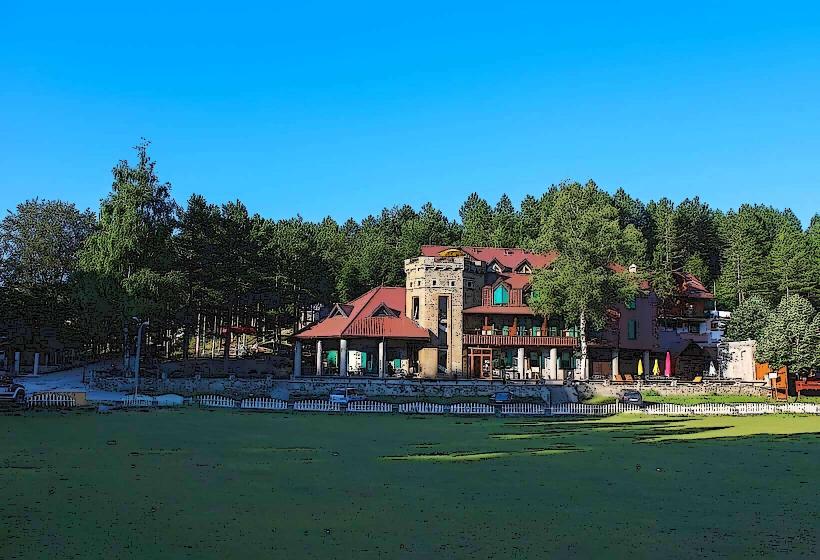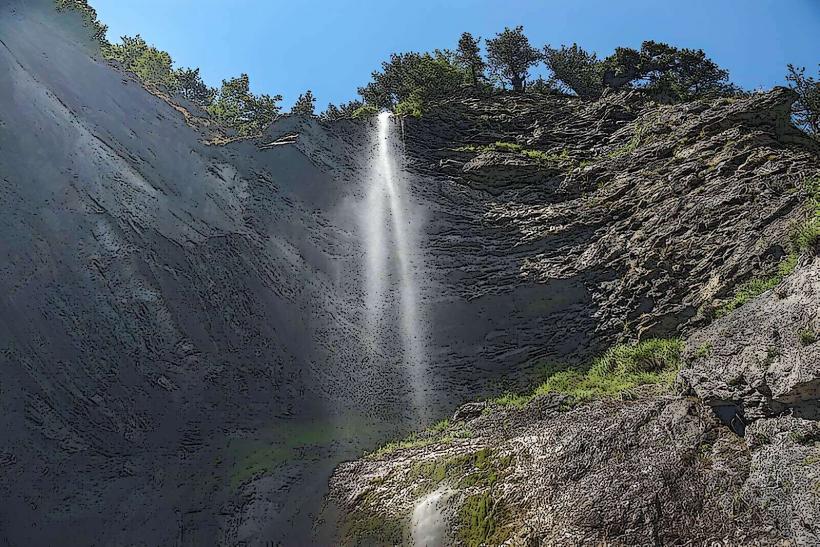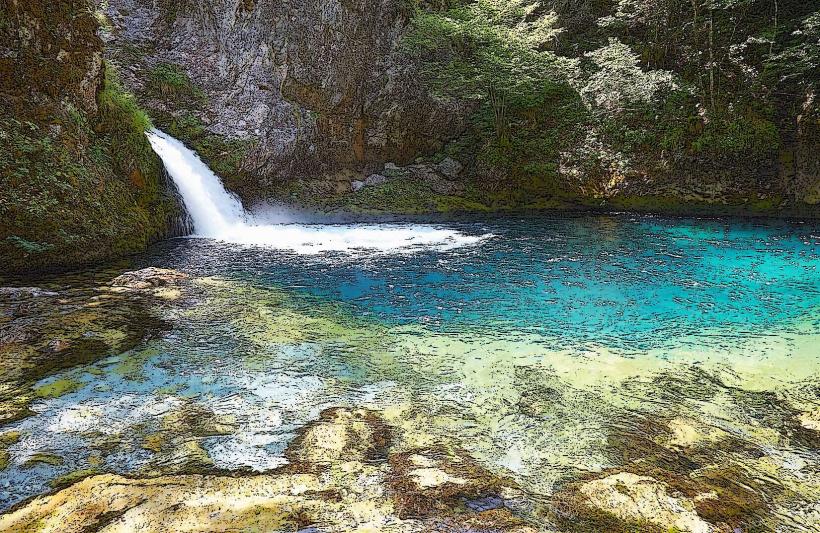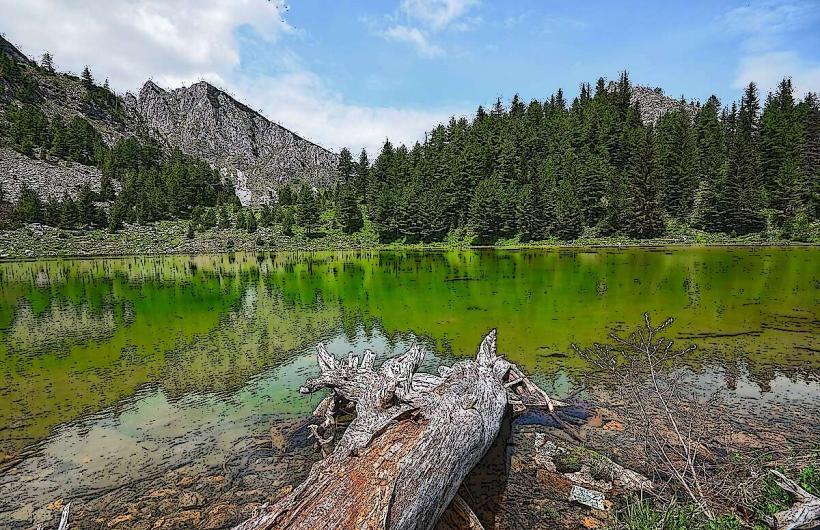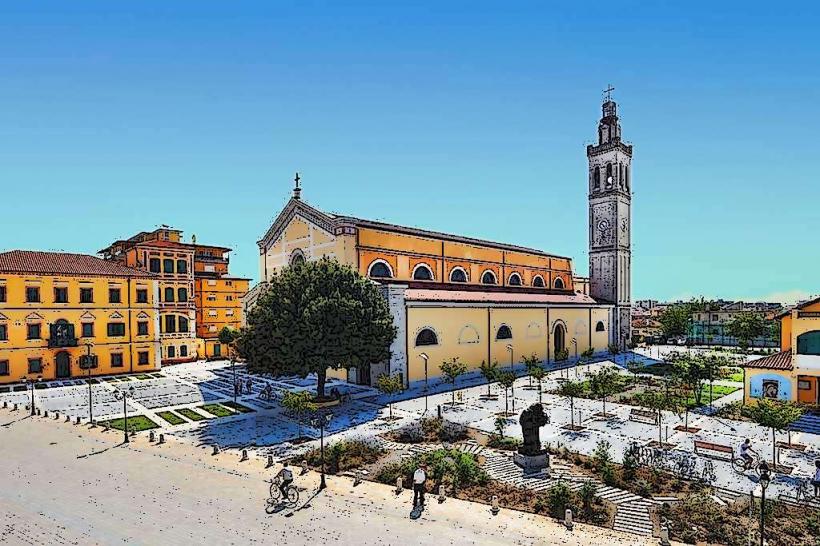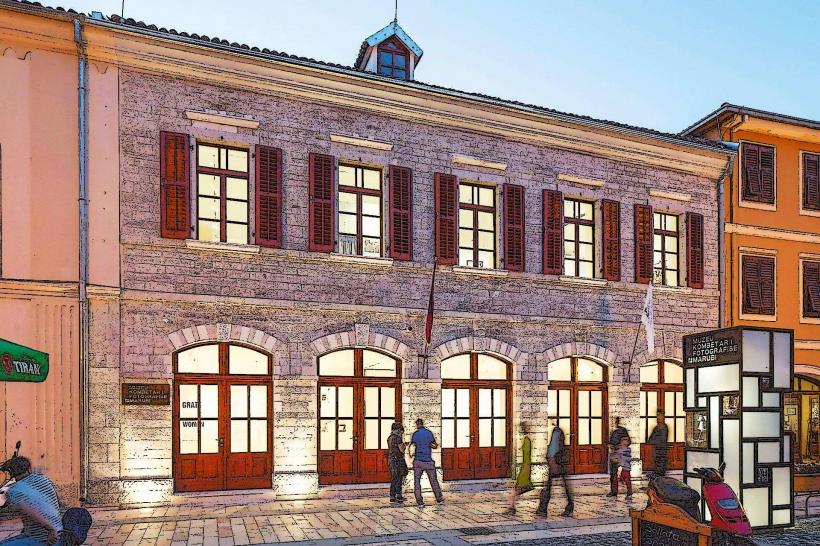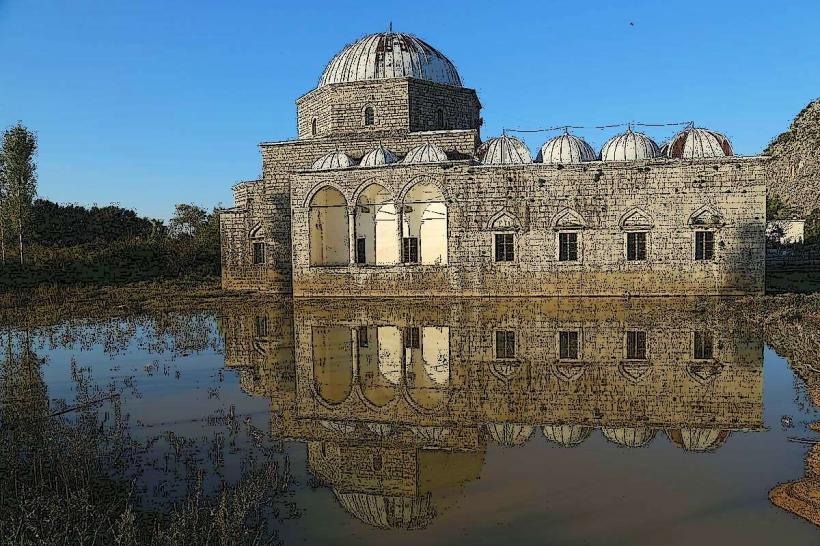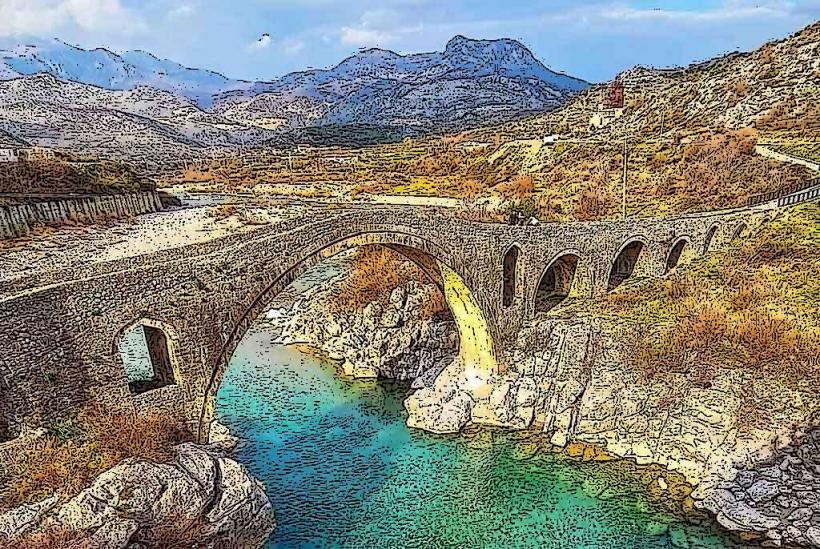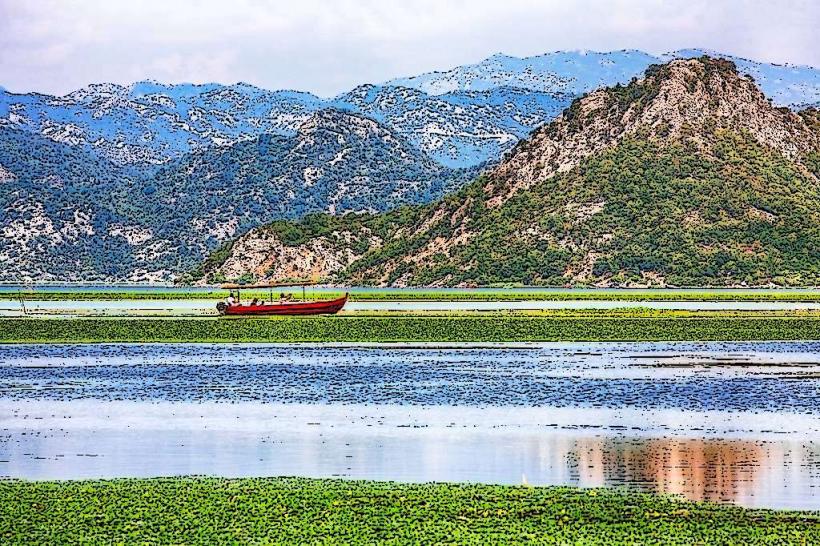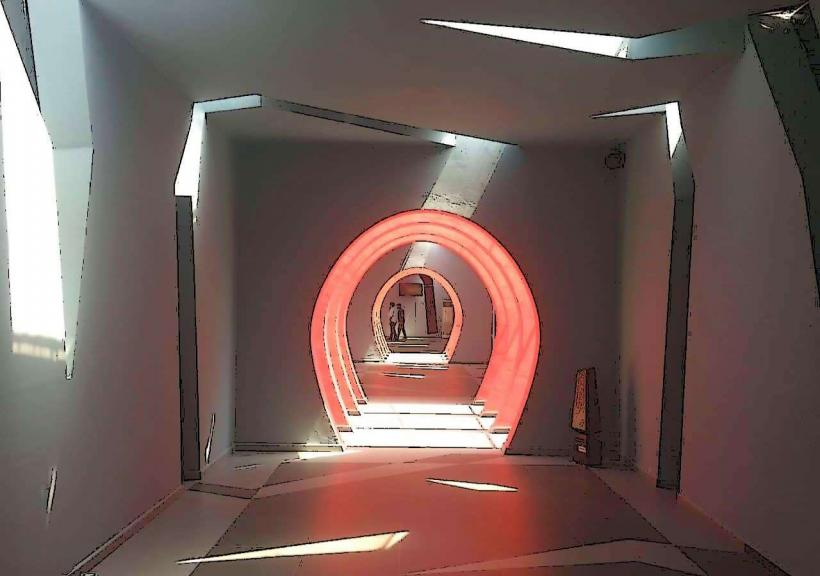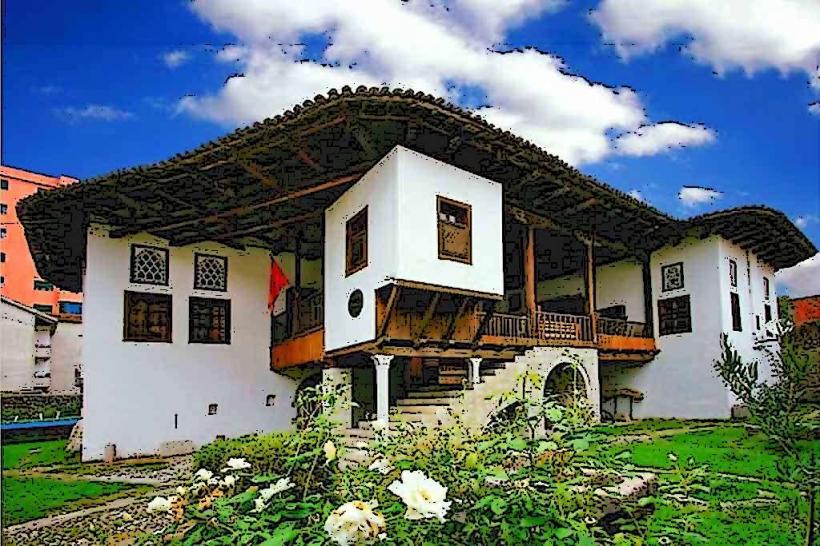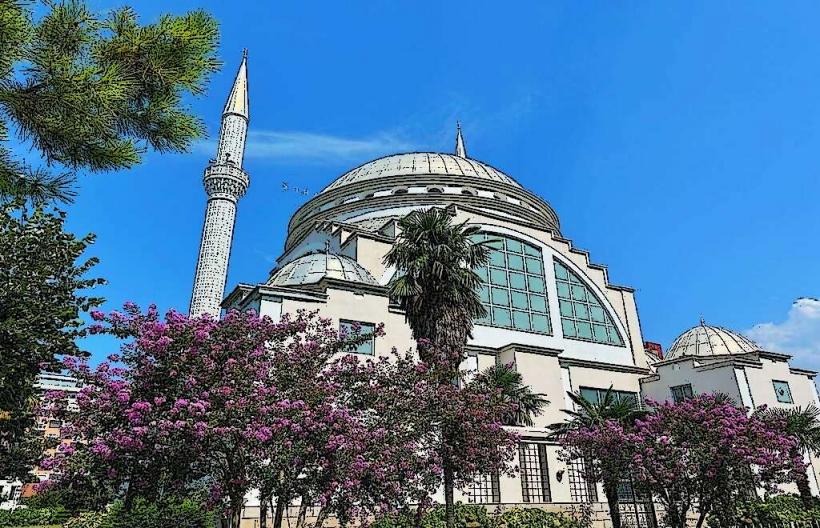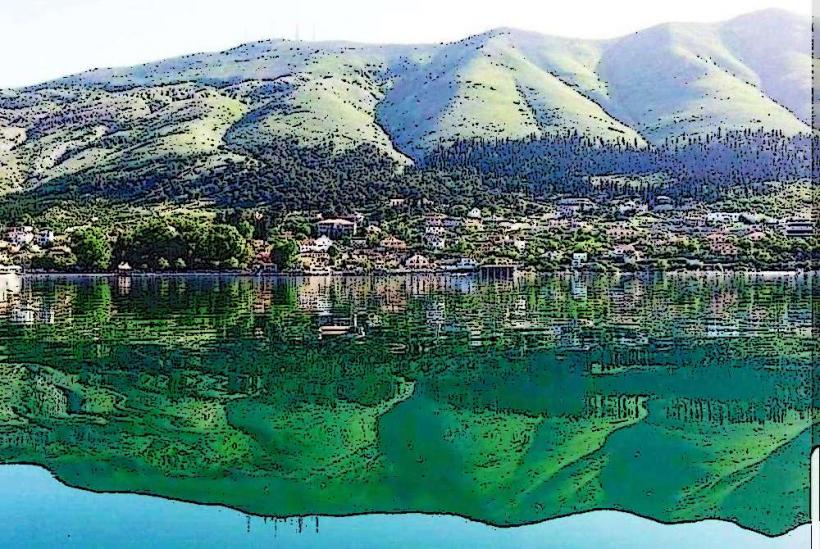Information
Landmark: Rozafa CastleCity: Shkoder
Country: Albania
Continent: Europe
Rozafa Castle, Shkoder, Albania, Europe
Overview
Perched high above the city, Rozafa Castle-also called Rozafa Fortress-stands as one of Albania’s most iconic landmarks, on top of that perched on a rocky hill above Shkodër, it reveals sweeping views of the land where the Buna, Drin, and Kiri rivers braid together beneath the sun, almost For thousands of years, the castle stood as a strategic prize, guarding its stone walls for empire after empire, as well as the castle’s roots trace to the Illyrian era, around the 4th century BCE, when its first stone blocks were set in region.Rozafa Castle stood as a vital stronghold for the Illyrian tribes-especially the Labeates, who ruled the Shkodër region-and Queen Teuta likely walked its stone walls during her reign in the 3rd century BCE, subsequently after Rome conquered Illyria in 168 BCE, the fortress became part of the Roman Empire, later passing to the Byzantines as a key military post, almost In the Middle Ages, Venetians, Serbians, and Ottomans fought over it; by the 15th century, it was a rallying point against the Ottomans, most fiercely during the siege led by Albanian hero Gjergj Kastrioti Skanderbeg, then the Ottomans finally took it in 1479, after a long and punishing siege.Not surprisingly, They strengthened the fortress and held it until Albania won independence in 1912, on top of that covering nine hectares, Rozafa Castle unfolds in distinct sections, each bearing the marks of the era that shaped it-weathered stone from the Venetians here, an Ottoman archway there.Thick stone walls wrap around the fortress, broken here and there by tall watchtowers and heavy wooden gates, while the castle’s walls reveal traces of Illyrian, Venetian, and Ottoman craftsmanship, somewhat A tall Venetian-style gate guards the main entrance, its stone etched with weathered inscriptions and carved reliefs, equally important inside, you can wander past the ruins of chapels, a cool stone cistern, and the skeletal remains of antique barracks.Oddly enough, Among its most striking features are the Church of Saint Stephen-later turned into a mosque under Ottoman rule-ancient water cisterns that once kept the fortress alive through long sieges, and high viewpoints where you can glimpse Lake Shkodër shimmer, rivers winding below, and the Albanian Alps fading into the distance; and woven through it all is the Legend of Rozafa, which tells how three brothers built the castle, only to watch its walls crumble to the ground every night, at the same time to keep the structure standing, they turned to a wise vintage man, who advised them to sacrifice one of their wives.The brothers agreed it would be the first wife to bring them food, but only if no one spoke a word of the plan, subsequently rozafa, the youngest brother’s wife, was chosen, and she came willingly.Accepting her fate, she agreed to be buried within the castle walls, but begged for one arm to cradle her child, one breast to feed him, and one eye to keep watch, and the tale, heavy with sacrifice for the greater good, has become the heart of the castle’s legend.Rozafa Castle, open year-round during daylight, welcomes visitors for a modest fee; guides share its history and the haunting story, in turn inside, a compact museum displays Illyrian pottery, Roman coins, and relics from Venetian and Ottoman times.At times, music and festivals fill the ancient stones with life, on top of that just three kilometers from Shkodër’s center, it waits on its hill above the Buna River.You can reach it easily by car, taxi, or even a quick hike, then wear sturdy shoes-the castle’s uneven stone paths and steep, rocky slopes can be tricky.Pack water and sunblock if you’re visiting in summer, and aim for sunrise or sunset when the light turns the walls a warm gold, furthermore nearby, you’ll find Lake Shkodër, the Balkans’ largest lake, perfect for boat rides and spotting herons; the 16th-century Lead Mosque at the hill’s base; and the Marubi National Museum of Photography in Shkodër.More than a landmark, Rozafa Castle stands as a lasting symbol of Albania’s resilience and cultural pride, meanwhile perched in a striking spot and steeped in centuries of legend, it’s a venue every traveler should discover when wandering through northern Albania.
Author: Tourist Landmarks
Date: 2025-09-01

